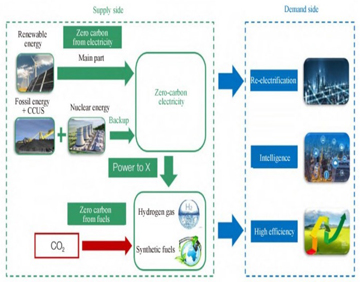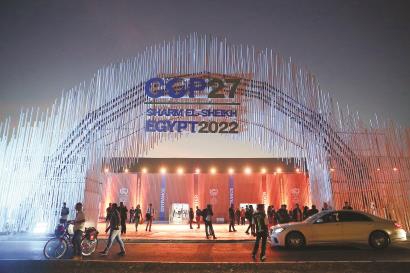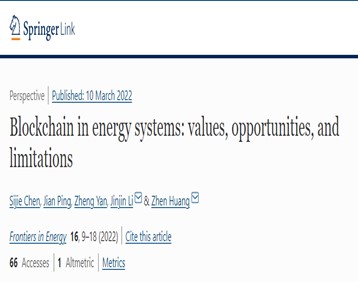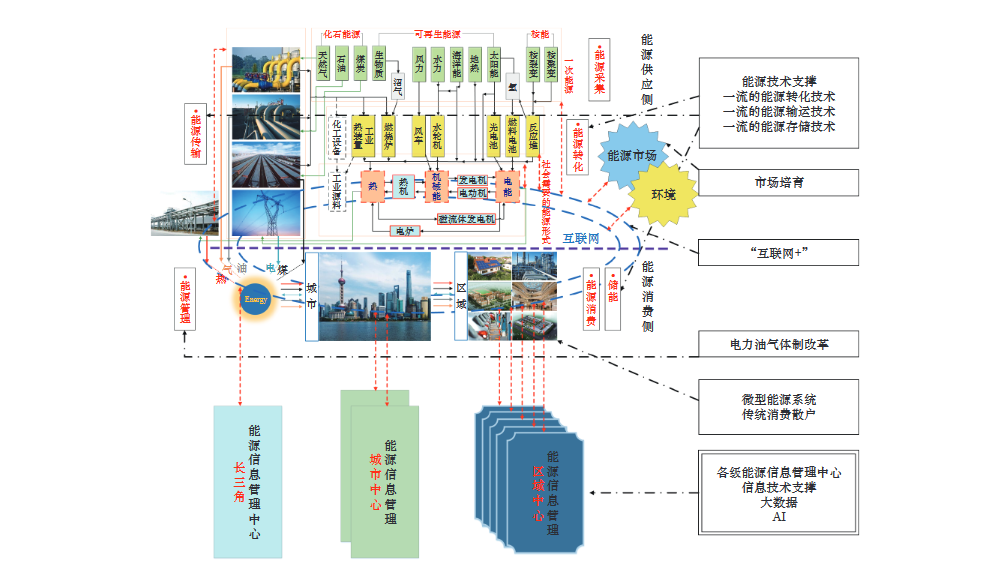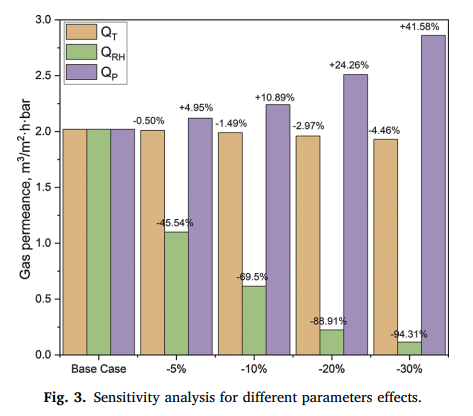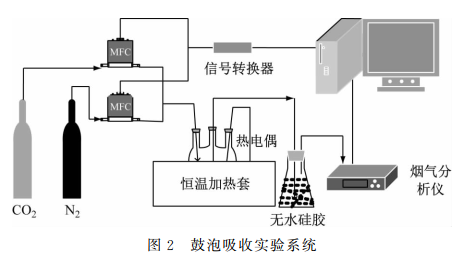Modeling CO2 separation on amine-containing facilitated transport membranes (AFTMs) by linking effects of relative humidity, temperature, and pressure
2021-07-21
Amine-containing facilitated transport membranes (AFTMs) hold great potential in CO2 separation and show remarkable separation performance under the existence of water. Conventional membrane gas separation models that mainly consider the effect of temperature and pressure are less effective for modeling AFTMs. In this study, we present a model that involves variable CO2 permeance in AFTMs concerning relative humidity (RH), temperature, and CO2 partial pressure. Sensitivity analysis and comparison of the proposed model and simplistic model highlight the significance of considering the effect of RH and CO2 partial pressure on gas permeance of AFTMs. Case study results of post-combustion carbon capture indicate that variations in CO2 concentration and feed pressure bring more pronounced changes on the separation performance of AFTMs than in temperature.







